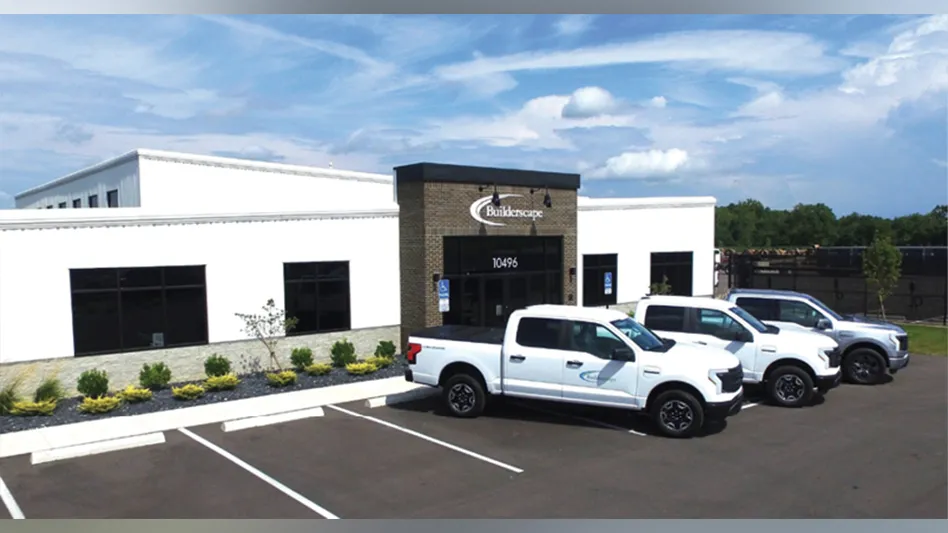We all know that we should brush our teeth three times a day, but how many of us actually do? Studies show only one in three Americans meets this mark, and that doesn't including flossing. We all know the risk and potential pain associated with poor dental care, but, for some reason, we choose to take the chance.
The same can actually be said of applying granular turf products. Everyone knows they should calibrate their spreader regularly (ideally before each application of a new product), but how many lawn care professionals do this? Not nearly enough, despite the potential downsides.
Consider the benefits associated with regular and proper spreader calibration:
- Effective product performance
- Reduce potential for plant injury
- Reduce callbacks/cancellations
- Economic efficiencies
- Enhanced company reputation
- Good environmental stewardship
SAY AAAHHHH. Let’s take a look at how easily lawn care professionals can calibrate a granular spreader. Calibrating requires a measuring tape/wheel, scale, bucket, calculator and cones or marking paint. Once you have the tools, follow these steps.
First, make sure the holes in the bottom of the spreader are completely open, set the spreader according to the recommended application rate on a bag of fertilizer that you will use for this exercise and find a concrete or paved surface where you can measure out 1,000 square feet. You need this size space because most fertilizer labels make recommendations based on the pounds of fertilizer per 1,000 square feet.
For this example, assume we are calibrating a spreader with an 18-24-12 fertilizer at 4 pounds per 1,000 square feet.
Next, determine your effective spread width. This should be between 6 and 10 feet. Assume the spread width is 7 feet for our example, so then you want to divide 1,000 square feet by 7 feet, which is essentially 143 feet. With a 7-foot spread width, walking 143 feet means we essentially applied product to 1,000 square feet (7 x 143 = 1,001).
Now that you have that number (143 feet), use the measuring tape and cones/marking paint to mark off that distance in a straight line.
Next pour product into the bucket and weigh it on the scale (at least 10 pounds, which we will assume for this example). This product needs to be poured into the spreader hopper after being weighed.
With your spreader ready to go, push it the exact length of the distance you marked off (143 feet in our example). Do not push the spreader any further. And be sure to walk at your normal application speed because that influences how much product gets put down.
If our spreader is calibrated properly, we should have applied 4 pounds of product since we originally set the spreader on the 4 pounds per 1,000 square feet setting. But we need to confirm what really happened, which means we need to dump the remaining fertilizer from the hopper back into the bucket and weigh it again. Subtract the amount in the bucket now from how much you began with, and that tells you what rate you applied at.
Getting an actual rate that matches up with the spreader setting means your spreader is accurately calibrated and ready to go to work. If you have too much or too little product left in the hopper, then adjust the calibration arm accordingly and repeat this process.
Spreaders do not need to be calibrated every hour or even every day, but they should be calibrated regularly because their performance will change over time.

Explore the February 2006 Issue
Check out more from this issue and find you next story to read.





